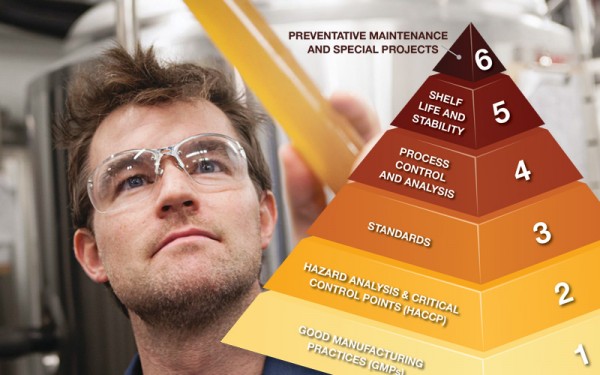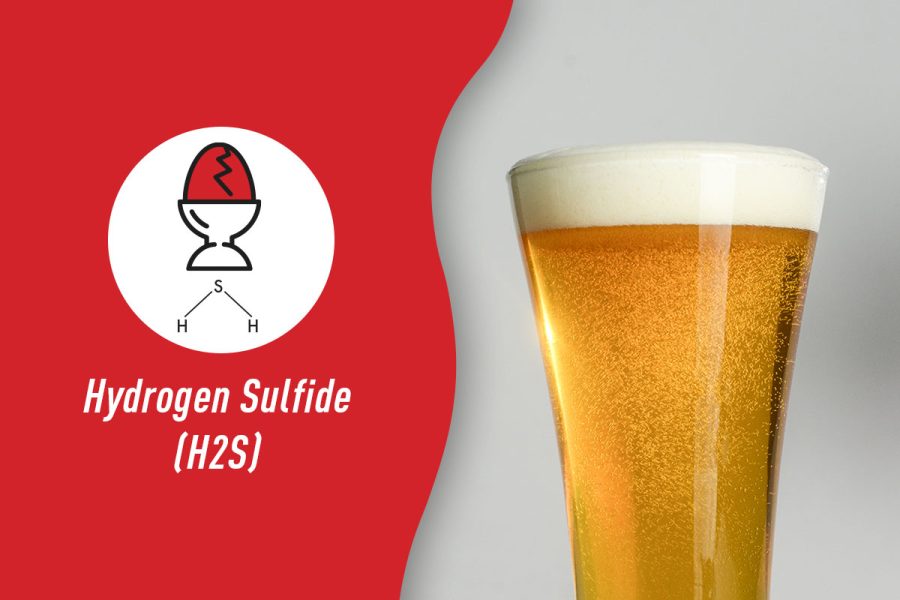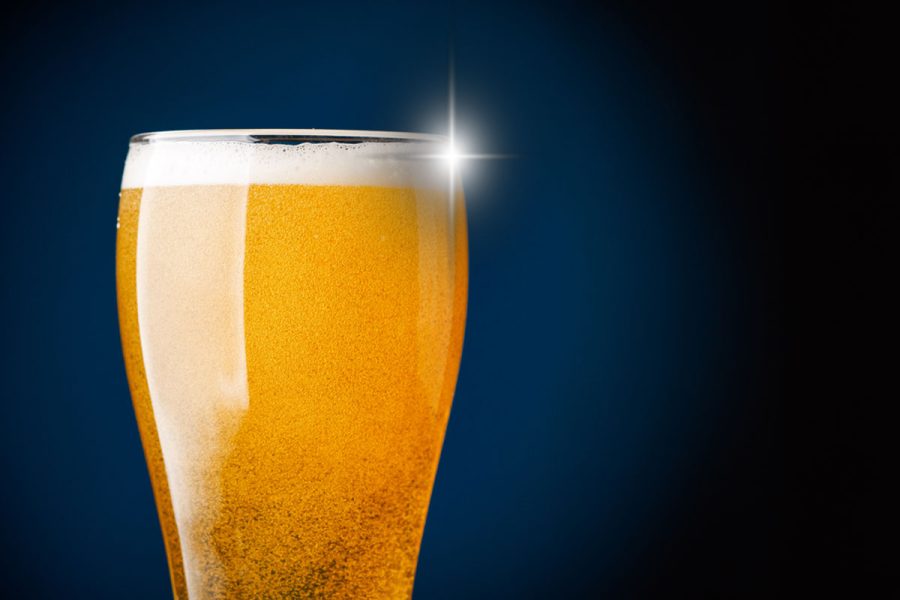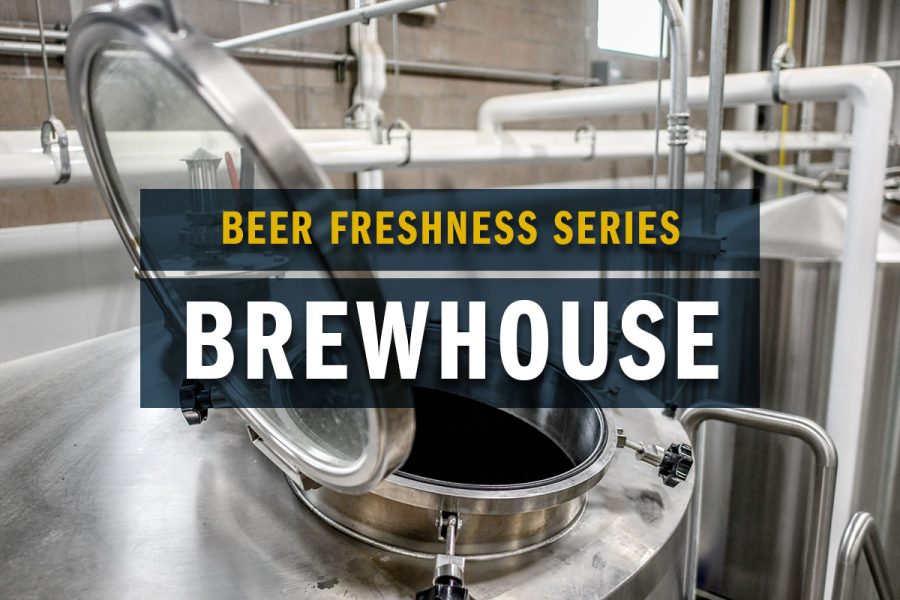
Quality Priority Pyramid
The Quality Priority Pyramid provides brewers a visual representation of essential features and the general, prioritized order in which they should be put into practice to develop a solid quality program.Read More
You are using an outdated browser not supported by The Brewers Association.
Please consider upgrading!
Breweries should strive to improve their processes and expand the scope of their quality program as production increases. The best quality programs have robust preventive maintenance plans. Scheduled maintenance will result in higher quality processes and reduced down-time. Maintenance will also help prevent some potential food safety hazards.

The Quality Priority Pyramid provides brewers a visual representation of essential features and the general, prioritized order in which they should be put into practice to develop a solid quality program.Read More

H2S's rotten egg aroma is avoidable through yeast strain selection and health, wort composition, and fermentation control.Read More

Brewing a non-alcohol (NA) beer can be challenging from a flavor standpoint, but the lack of alcohol also creates food safety considerations that are separate from alcohol-containing beers.
 Understanding the Complex World of Can Liners
Understanding the Complex World of Can Liners

Understanding a liner's composition and performing validation and quality checks are key actions to safeguard against corrosion and negative flavor impacts. Learn the basics of the many aspects of can coatings in this playlist.Read More

Dimethyl sulfide (DMS) is commonly associated with a creamed corn aroma and originates from a barley precursor.Read More
 Beer Freshness Series
Beer Freshness Series

This series provides resources on oxygen-monitoring methods and sensors and how to mitigate oxygen during brewing, cellaring, and packaging.Read More

Learn the main factors affecting beer freshness in the brewhouse and download a checklist to audit processes and control points.Read More

There are challenges to not just producing and packaging food-safe non-alcohol (NA) beer, but extra considerations crucial to NA on draught.Read More

Understand the pasteurization unit (PU) calculation, equipment used, validation points, factors affecting PUs, and safety considerations.Read More

Learn about the three unique sensor technologies used in the measurement of dissolved oxygen in beer: optical, polarographic, and galvanic.Read More

Following best practice guidelines will ensure effective sampling for monitoring dissolved oxygen (DO) throughout the brewing process.Read More